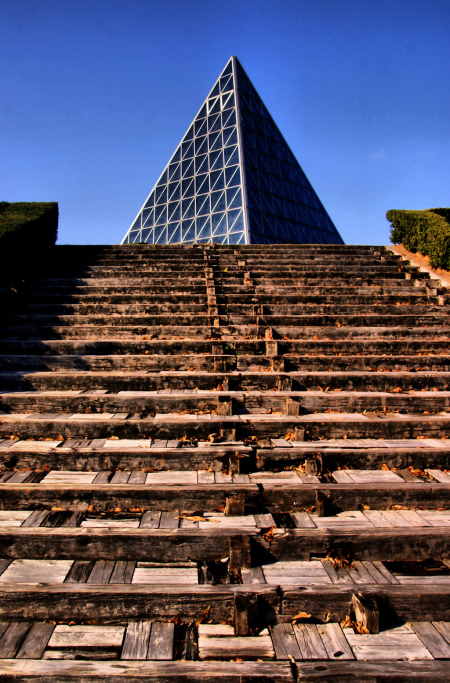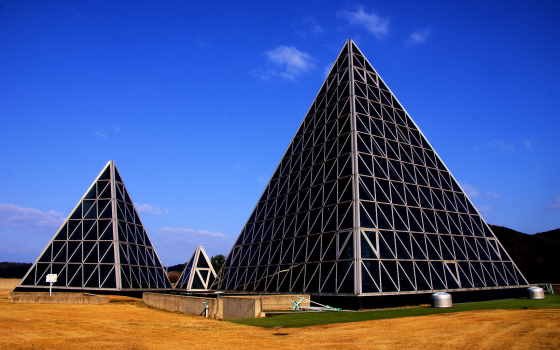Honen
Tanjo-ji Temple is located in central Okayama prefecture, somewhat south of Tsuyama. Tanjo mand "birth", and the temple was built on the site where Honen, the founder of the Jodo shu, Pure Land sect, was born.
It is quite a large complex and is included in about half a dozen pilgrimage routes, including the Chugoku 33 Kannon Pilgrimage where it is a "special" un-numbered temple, and it was at the start of my 4th day walking that pilgrimage that I visited.
This is the mausoleum f Honen's parents. His father was a high-ranking provincial official who was later assassinated. Honen was born here in 1133. The temple was established in the early 13th century.
The temple was patronized by the Mori clan and was extensively rebuilt in the late 16th and early 17th centuries. Some of the structures are Nationally recognized Important Cultural Properties.
A statue of Honen as a young boy leaving home to become a monk. While studying at Hiezan, the great Tendai monastery above Kyoto, he searched for a method whereby the mass of people could achieve salvation, and settled on what in Japanese is called the nembutsu.
In essence, this means reciting the name of Amida Buddha to ensure one's rebirth in his Pure Land. A disciple of Honen, Shinran, later created the True Pure Land sect, Jodo Shin Shu, and this is the most popular Buddhist sect in Japan.
Next I will post soem photos of the statuary and such from the temple....
Green Tea



































































